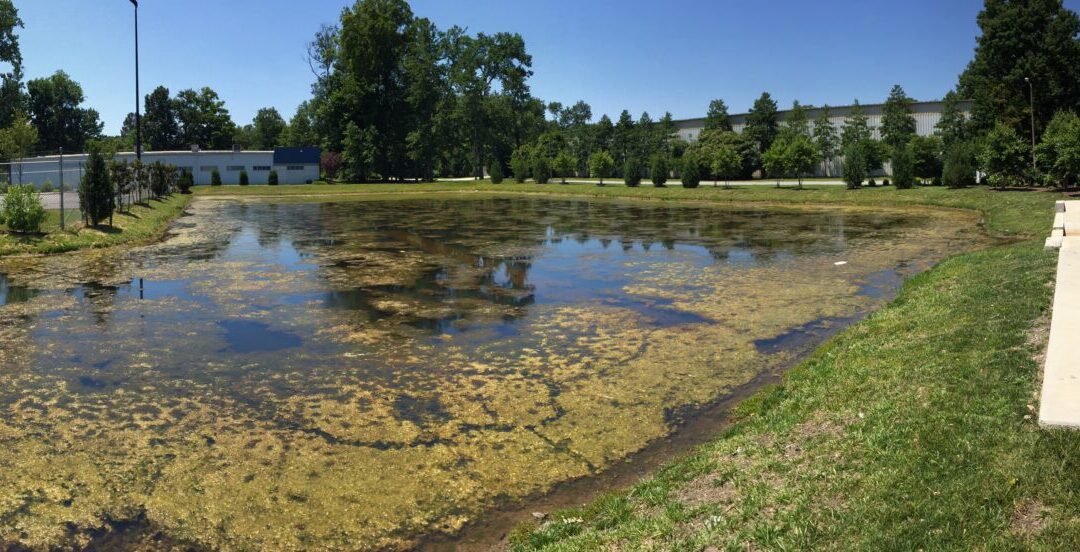Sustaining the well-being of a pond necessitates the implementation of efficient tactics for pond weed control and management. Invasive aquatic vegetation can swiftly dominate a pond, causing disruptions to its ecosystem and diminishing both its recreational and aesthetic appeal.
Healthy Ponds uncovers key aspects of pond weed control, encompassing the obstacles presented by these plants, practical guidelines for weed management, the significance of harmonizing aesthetics with ecosystem health, and customizing solutions to address the unique requirements of your pond.
What Are the Challenges of Pond Weeds?
Invasive pond weeds’ swift proliferation presents considerable hurdles for those who own ponds. These unwanted plants can obstruct sunlight, diminish oxygen levels, and outcompete indigenous flora, causing disruptions in the pond’s ecosystem and impacting fish and other aquatic organisms. Gaining insights into the characteristics and growth patterns of these weeds empowers pond owners to develop more effective strategies for their control.
Tips for Controlling Pond Weeds
- For minor overgrowths, consider manually pulling out the weeds or utilizing pond rakes.
- Consistently remove dead plant material to prevent weed proliferation.
- Stay vigilant and take proactive measures to maintain a visually appealing and functional pond environment. Achieving a weed-free pond is possible with these strategies.
How to Utilize Biological Methods for Pond Weed Control
A successful strategy for managing pond weeds involves the application of biological controls. By introducing beneficial bacteria to the pond, excess nutrients, which fuel weed growth, can be broken down. The introduction of grass carp, a herbivorous fish species, can help control aquatic plant populations. These natural methods not only aid in weed control but also contribute to sustaining a harmonious pond ecosystem.
How to Establish a Tailored Pond Weed Control Plan
- Consider Its Characteristics
Take into account various factors, including the pond’s dimensions, the species of weeds that inhabit it, the presence of fish or other wildlife, as well as the amount of sunlight and shade the pond is exposed to.
- Set Goals
Have a clear understanding of your objectives for the pond. These objectives might encompass preserving a specific visual charm, achieving a thriving ecosystem, or creating a recreational area.
- Select Suitable Weed Control Tactics
Following your assessment and objectives, opt for the weed control techniques that align best with your needs. This may involve a blend of biological interventions, physical removal approaches, or, if necessary, the use of chemical treatments.
- Pond Maintenance
Maintain consistent monitoring of the pond’s well-being and the efficiency of your weed control practices. This proactive approach will enable you to adjust and refine your strategies when necessary.
- Ask a Professional
In case the weed issue persists or escalates beyond management, it could prove advantageous to seek expert guidance to safeguard the pond’s health and long-term viability.
Shop Healthy Ponds All-Natural Pond Weed Control Products Today!
At Healthy Ponds, we carry all the solutions you need for a healthy and happy pond. Shop our pond weed control products today. If you have any questions regarding our all-natural products, get in contact with our team now!


